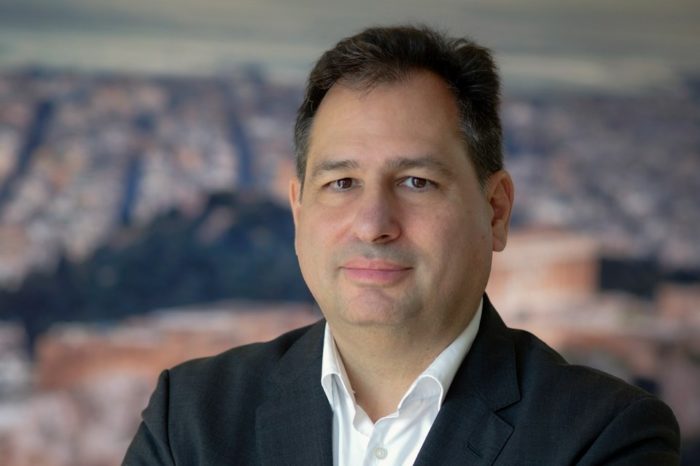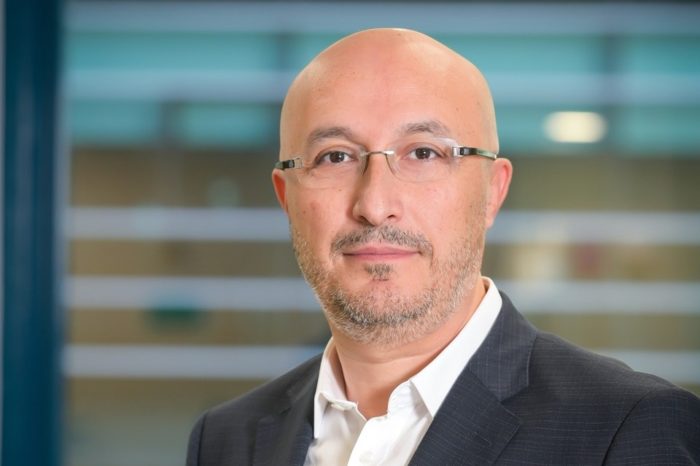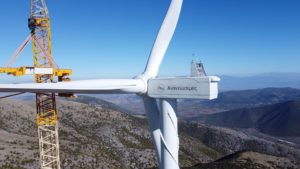Romania’s investment market increased by 37 percent last year, but may see a dip in 2021: Colliers

The “year of the pandemic” turned out to be one of the peaks of the current economic cycle in terms of investments in commercial real estate assets, with a growth of 37 percent over 2019, to almost 900 million euro. 2021 may see a dip, as some buyers may remain on the sidelines amid a lack of clarity about the future revenue stream, according to the 2021 annual report released by Colliers.
For this year, Colliers consultants foresee a total volume for commercial real estate transactions in excess of 0.5 million euro and also see room for a slight decrease in yields by the end of the year for prime office and prime industrial, if the economy, political and monetary system will be satisfactory.
In terms of investment dimensions, the office sector remained the most fertile source of deal activity in 2020, conquering the market arena with a total of 762 million euro. Two benchmark transactions, added up to over 400 million euro, stole the show and despite these being expected, what is even more positive is that the deals closed in the summer, after the full negative impact of the pandemic.
The first one, the sale of the NEPI Rockcastle office portfolio to AFI Europe, advised by Colliers, was the largest office transaction in Romanian real estate history, and one of the biggest in CEE, a record breaking 307 million euro. As a result of the transaction, AFI Europe has become the second largest office owner in Romania with a portfolio of about 225,000 square meters, including the current pipeline. The second most significant deal was GLL’s sale of Floreasca Park to a joint venture of Resolution Property (Fosun Group) and Zeus Capital Management for 105 million euro.
Two other important transactions, which accounted for around 55 million euro each, included the purchase of The Bridge III by Dedeman from Forte Partners and the acquisition of Global City Business Park by Arion Green from Global Finance. A noteworthy transaction also was made by the Hungarian long-term investor, Optima, which has acquired the majority stake(61.5 percent) in the Polish company GTC for EUR 116 million euro.
Driven by a solid tenant market and the lockdown induced boom in e-commerce, industrial was the second most active sector, though deals accounted for only 10 percent of the total volume. The vast majority comes from several transactions made in Bucharest, with CTP’s purchase of Equest Logistic Center for EUR 30mn as the year’s biggest acquisition. The lack of products fails to capture the scope of demand for such assets.
“Overall, 2020 saw a mix of old, including newly reactivated, and new buyers. Fosun is a somewhat spectacular new entry as it marks the first major deal involving Asian capital on the local market and this is relevant particularly given how these investors changed the landscape in neighbouring CEE countries in the recent past. We also note quite a lot of interest from new names which continue to look at the Romanian market even in this context, but family offices rather than institutional investors. As another positive highlight for 2020 we want to note that Romania closed the year with a nearly double market share in the CEE-6 region, up from 4.7 percent in 2019 to 8.5 percent in 2020. This is quite an achievement that underscores Romania’s potential to punch higher than its current weight in the region”, says Anca Merdescu, Associate Director Investment Services la Colliers.
Yields in Romania lagged the downward trend seen in major CEE countries, making them a bit more resilient in the current context. With regards to offices, some upcoming deals which could be closed in 2021 could see yields trend a bit lower, though for now, Colliers consultants believe that prime yields remained largely unchanged versus previous quarters, at 7 percent.














